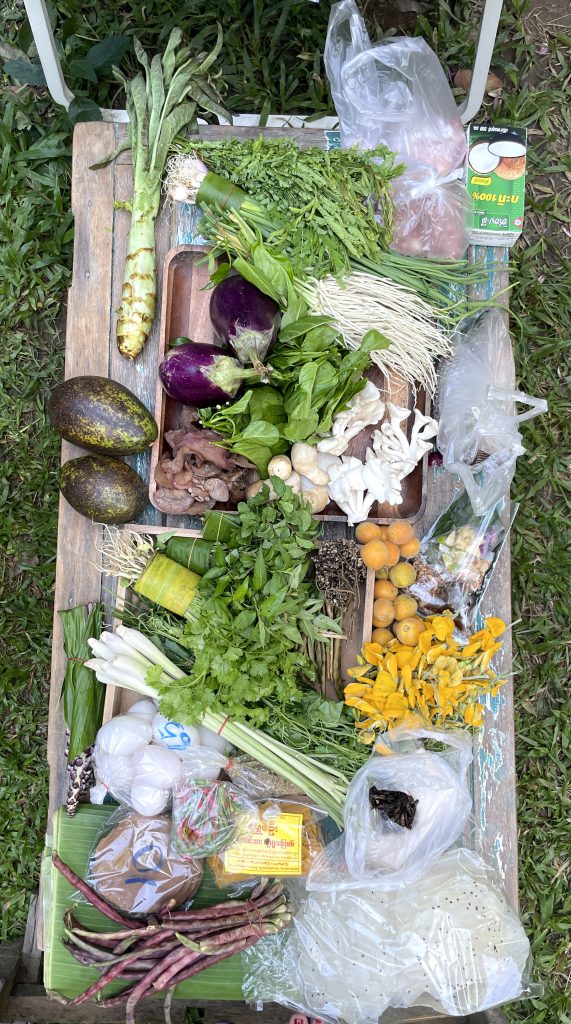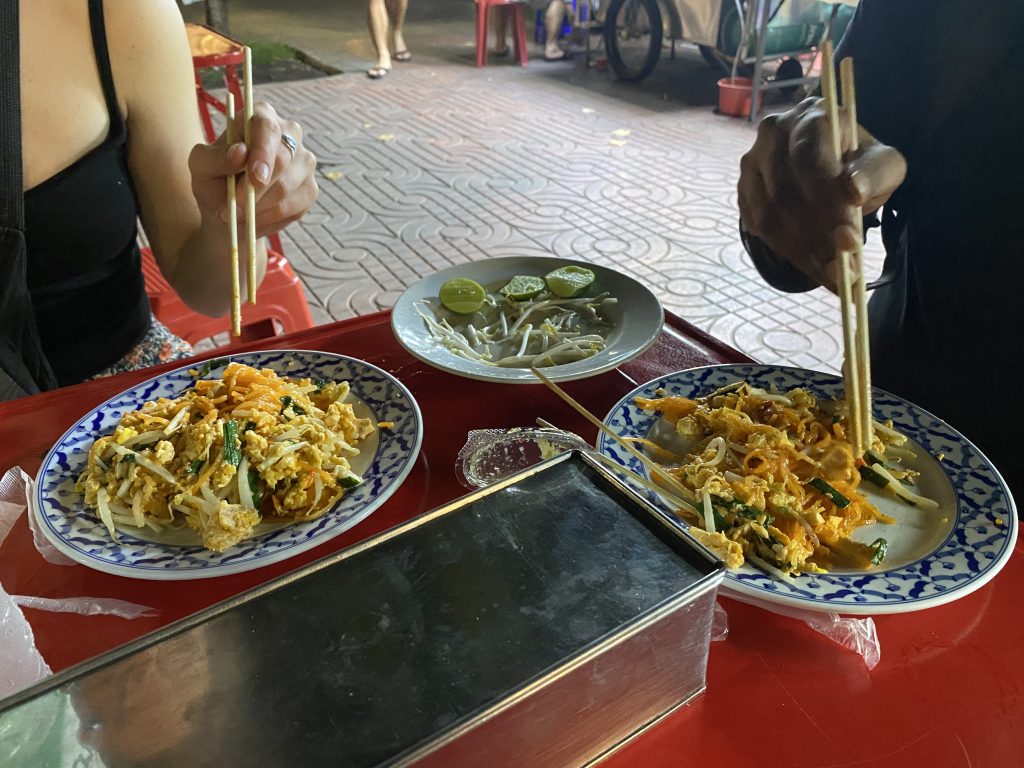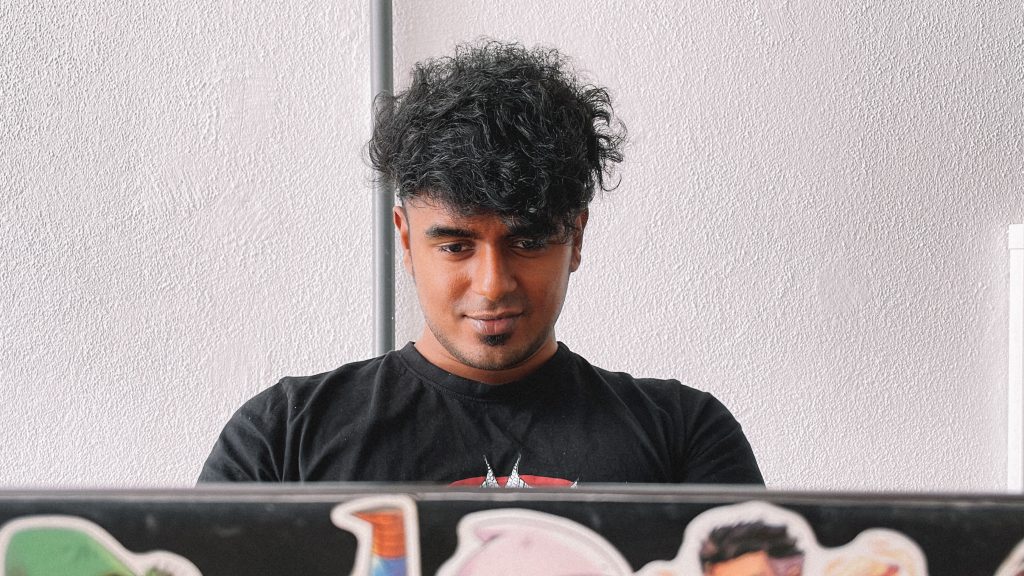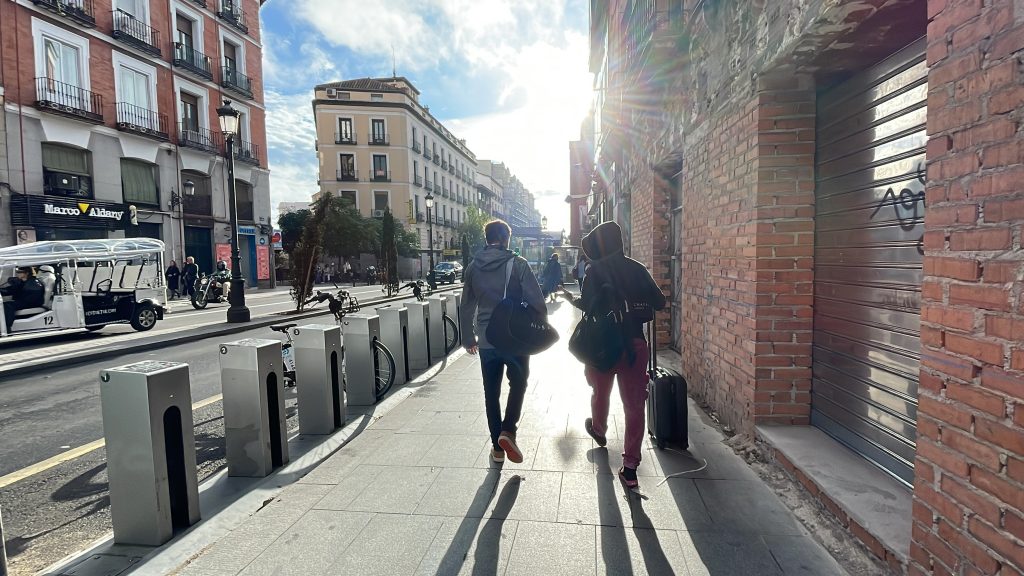We have been thinking about the power of personal choice.
It must have some impact, mustn’t it? After all, we have just reached 8.000.000.000 people in the planet. If only 5% of that number decided to change something about their food choices, some systems would shift. Let’s believe this is true for the sake of this article. Let’s say that personal choice has an impact in planetary systems.
(Note: I’m not saying it doesn’t, I’m just not going to prove it now. There are many factors to have in consideration, like lopsided distributed of wealth and access to food. I also want to note that personal choice is not feasible for everyone around the globe and that from now on we will be talking about personal choice when applicable. When the person choosing has the freedom to make a decision without compromising their basic needs, health safety and stability).
Human psychology has been popping up constantly during the past weeks as one of the hot topics for change. We have been thinking about systems, the supply chain, production and logistics but at the end of the funnel there is always humans. Personal encounters, perceptions, sensations and all of the “baggage” we carry with us: culture, memories and even traumas.
Advanced societies are now at its comfort peak. Things are pretty easy for us. We go to a grocery store and we find all kinds of food, we can have a meal prepared at a restaurant in less than 10 minutes, we have access to fresh water and electricity to cook with (please keep in mind the note at the beginning of the article). We are used to getting what we want and we are pretty spoiled. When we feel like sushi, we can just go and get it. If we’re craving pizza, there is probably around 10 pizza places around you. And so it goes. Getting such an immediate response to our wishes even brings a sense of “self-care” where we say things like “I deserve it” after a very long day of living in a consumption-driven society that is milking our brain. It is so easy to get what we want.
One of the reasons we don’t think that much about the decisions we take because we are confronted with so many of them everyday. The amount of information a person goes through everyday is enough to write a couple of monthly magazines. It’s normal that we are exhausted and that when we get to the supermarket we choose what we know, what we like, what’s familiar to us. What doesn’t make us think anymore. Other reason could be attributed to exactly the opposite. There is so much information that’s hidden for us for our own personal comfort that we lack a lot of perspective of what reality looks like. We don’t know much about how produce is grown, how animals are fed and killed, how farmers are paid, what is the meaning behind ingredients names, etc. Because if we knew, oh boy.
So, when we are confronted with a product in the supermarket we make a decision that is conditioned by many other previous moments in our lifetime, past experiences, personality, values, education and even our mood.
And it’s this moment of decision that has sparked our interest. Because it can hold so much power when used as a collective tool.
This was the premise for the “Imaginary Dinner” that we hosted at the office some days ago. We thought of a way of confronting people with the impact that their personal choices have on the community, so that we could observe the personal and team dynamics that emerged through the course of a meal.
The truth is, we are not completely oblivious to the fact that our lifestyles have impact on the planet and society. The issue about “the greater good”, though, is that it’s almost invisible. We have no clear picture of what it looks like, we don’t know exactly how our individual decisions help build a better future. Also, it’s really hard to think that the small things you do matter, specially when we know that most of the responsibility for a no-future future is from big corporations that are not really making any sacrifices or taking significant measures to help. It’s like working with a boss that you never see working: the motivation will never arrive.
The imaginary dinner was our effort to try to make the consequences of our personal choices visible, and observing if people would be willing to sacrifice their own personal comfort and pleasure for others. We introduced two different dynamics through the dinner: unequal accessibility to food and resource scarcity. They both played a role individually and, at the last course, combined. Through different game dynamics our guests had to take an active role in what they were choosing to eat, knowing that their choice could leave others with a “less appetizing option” or no food at all. It was definitely interesting to see a group of strangers interact and realize that their plate was not disconnected to their surroundings.










































